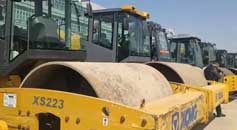Hot 3 Types of Oil Fracturing Proppants | Features
Fracturing is an important means of increasing oil and gas production, especially for the development of low-permeability and ultra deep oil and gas wells. Fracturing proppant is the core product for oil and gas fracturing production. It is a key material used to support artificial fractures in oil and gas reservoir transformation, and is the key to improving the success rate and transformation effect of fracturing.
Proppants are natural sand or artificial high-strength ceramic solid particles with a certain particle size, strength, sphericity, and gradation. At present, there are three main types of proppants used in industry: natural quartz sand, artificial ceramic particles, and coated proppants.
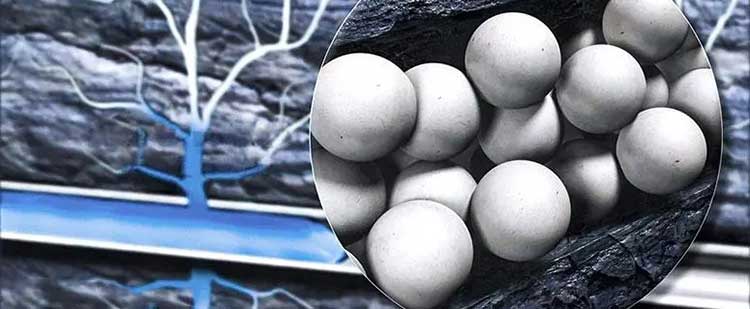
Quartz Sand Proppant
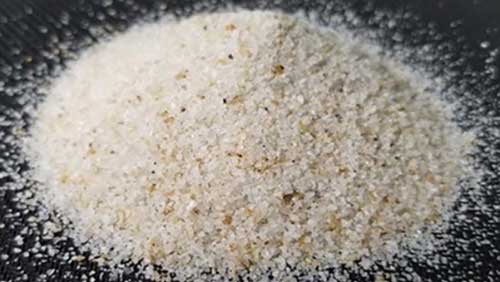
The main component of natural quartz sand is SiO2, with a small amount of Al2O3 Ingredients such as Fe2O3, K2O, Na2O, CaO, MgO, etc. The main mineral component of quartz sand is quartz, with a content usually above 80%, which can reach over 98.5% in high-quality quartz sand.
- Quartz sand is hard, wear-resistant, and chemically stable. It is only soluble in hydrofluoric acid and not in other acids.
- Quartz sand has abundant resources, low prices, low density (about 2.65g • cm-3), is easy to pump, and still has good diversion ability after crushing, which has a certain effect on increasing production of oil and gas wells with low closure pressure.
- Quartz sand proppant has low cost, convenient operation, and a relatively smooth surface after being washed by river water.
These features above make quartz sand widely used as a hydraulic fracturing proppant. The diameter of quartz sand particles used as petroleum proppants is generally between 0.1mm and 2mm, also known as fracturing proppants or frac sand.
- Quartz sand has high brittleness and low strength. When the closing pressure of cracks is high, it is easy to break, significantly reducing the effective support area of cracks and failing to achieve oil and gas production increase.
- The surface roughness of quartz sand is not good, which is not conducive to increasing the permeability of cracks.
- The thermal expansion coefficient of quartz sand is relatively high, and there is a risk of sudden expansion when the well depth is deep and the temperature is high.
These drawbacks above make natural quartz sand unable to meet the needs of hydraulic fracturing in deep low-permeability oil and gas development.
Ceramic Proppant
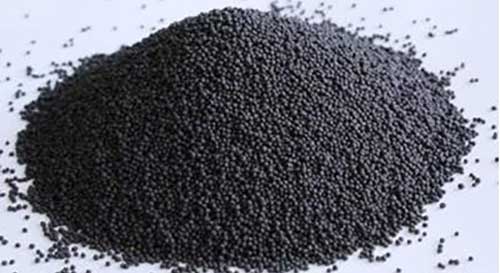
Due to the insufficient strength of quartz sand proppant to meet the requirements of high closure pressure oil and gas wells, researchers have invented an artificial ceramic proppant.
Ceramic proppants are often made from mineral materials such as bauxite as the main raw material, supplemented by various mineral additives and sintered in a pressureless atmosphere. According to the difference in volume density and apparent density after sintering, ceramic proppants can be divided into 3 types: low density, medium density, and high density.
Compared with quartz sand proppant, ceramic proppant has high sphericity, smooth surface, good fluidity, high compressive strength, and low crushing rate.Practice has shown that using ceramic proppants for fracturing oil wells can increase production by 30-50% and also extend the service life of oil and gas wells.
However, ceramic proppants have the following drawbacks:
- (1) The high particle density and fast settling speed put forward higher requirements for pumping conditions and fracturing fluid performance, increasing costs.
- (2) The distribution of bauxite resources is scattered, and processing and mining are limited. The requirements for raw materials are strict, and resource utilization is limited.
Coated Proppant
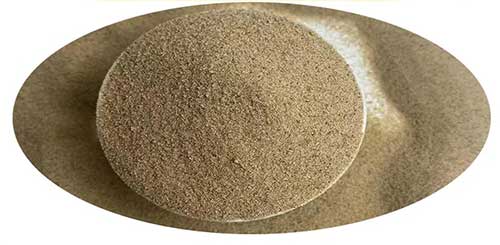
Coated proppants improve their strength, acid and alkali resistance, also known as resin coated proppants. Usually consisting of two parts, the interior is composed of aggregates with a certain strength, and the exterior is coated with resin as a coating.
- Resin coated proppants have the characteristics of low density and high compressive strength.
- The surface of coated proppants is smooth, with good water conductivity and easy portability and transmission.
- In addition to being used for fracturing proppants, resin coated proppants can also effectively prevent proppant backflow, surface peeling, and formation sand production during fracturing fluid backflow.
- Each particle of the resin coated proppant has a uniform and tough resin shell, and the particles are also bonded together due to certain polymerization, resulting in good high-temperature stability and acid corrosion resistance.
The disadvantages of resin coated proppants are high cost, poor chemical stability, easy adhesion under high closure stress, and a significant decrease in flow conductivity.
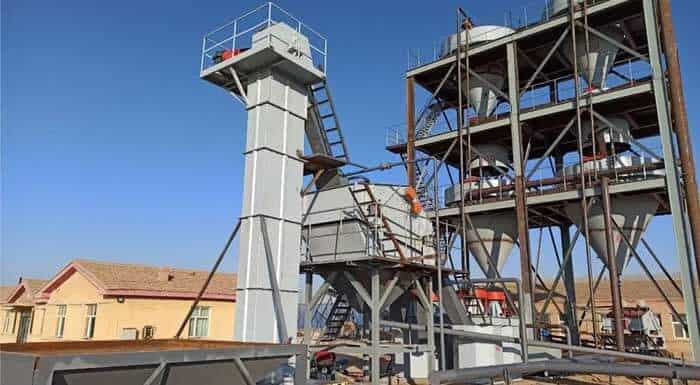 What is Frac Sand & How Frac Sand is Processed
What is Frac Sand & How Frac Sand is Processed Why Use Frac Sand & How To Choose The Right Frac Sand
Why Use Frac Sand & How To Choose The Right Frac Sand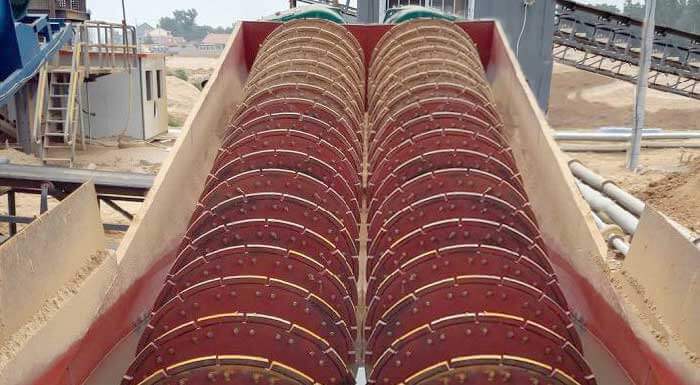 Types of Aggregate Washers & Their Features
Types of Aggregate Washers & Their Features Hot Types of Asphalt Pavement | [8 Types & Features]
Hot Types of Asphalt Pavement | [8 Types & Features]
